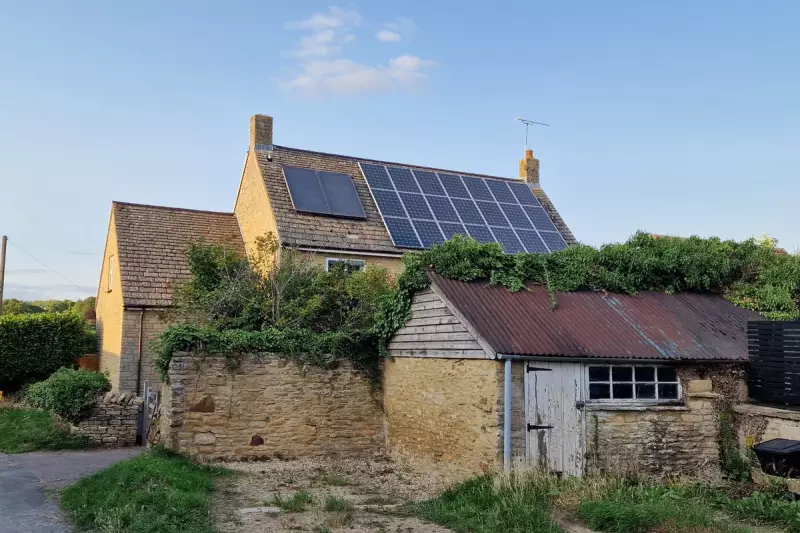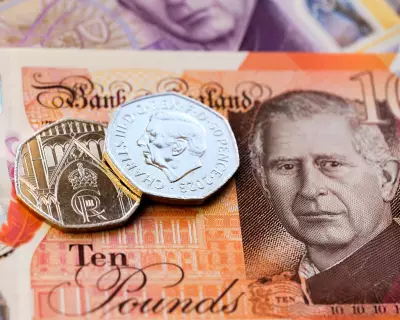
Forget the outdated image of solar panels as a mere eco-statement. For a growing number of British households, they are a shrewd financial investment, actively generating income and providing a powerful shield against soaring energy prices.
The landscape has shifted dramatically since the closure of the government's Feed-in Tariff (FIT) scheme. In its place, the Smart Export Guarantee (SEG) has emerged, creating a modern marketplace for your unused power.
How the Smart Export Guarantee (SEG) Pays You
Under the SEG, licensed energy suppliers with over 150,000 customers are obliged to offer you a payment for every kilowatt-hour (kWh) of surplus electricity you export back to the national grid. Unlike the old FIT, you are now a seller, and energy companies are buyers, which means you can shop around for the best rate.
Top SEG tariffs can currently exceed 15p per kWh, significantly higher than the minimum set by Ofgem. This means if your system exports 1,500 kWh in a year, you could be looking at over £225 in annual earnings, on top of the savings you make by using the energy yourself.
Maximising Your Solar Investment: Key Strategies
To truly optimise your setup for profit, consider these crucial factors:
- Battery Storage is a Game-Changer: A solar battery allows you to store excess energy generated during the day for use in the evening, drastically reducing how much expensive electricity you need to buy from the grid. It also lets you choose to export your surplus at potentially more profitable times.
- Choosing the Right Tariff: Don't just accept your current supplier's offer. The market is competitive. Compare SEG rates and also look for specialised 'Agile' or 'Intelligent' import tariffs that offer cheaper electricity rates at night, perfect for charging a battery.
- Understanding System Size and Orientation: A south-facing roof without shade is ideal. A 4kW system is a common size for a typical family home, but a professional installer can provide a precise calculation based on your energy usage and property.
The Real Cost and Payback Period
The initial investment is substantial, typically ranging from £5,000 to £11,000 for a full system with installation, influenced by panel quality, battery inclusion, and system complexity.
The magic number is the payback period. By combining the savings on your electricity bill with the income from the SEG, most households can expect to see a return on their investment within 10 to 15 years. With solar panels having a lifespan of 25+ years, that's over a decade of virtually free energy and pure profit.
Beyond the financial gain, you are investing in energy independence and actively contributing to the UK's net-zero future. It’s a powerful way to take control of your costs while making a positive environmental impact.





